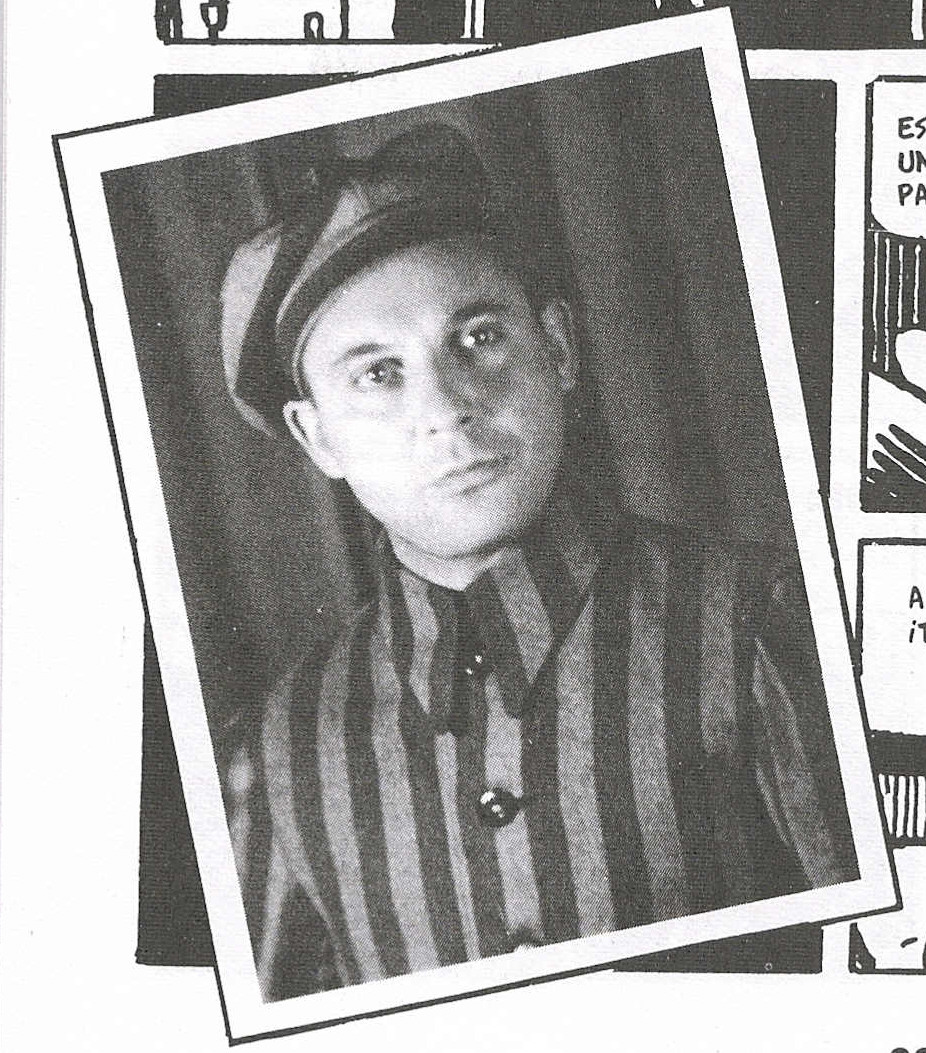The second project asks you to write an interpretation of a graphic novel of your choosing. (See the assignment sheet below.) You may write about any of the texts we've read so far or (pending my approval) about a graphic novel not on our syllabus.
The first step in the process of writing your interpretation will be to compose a brief proposal, due Thursday, October 30. You'll share that document with me on Google Docs. And be sure bring your laptop to class so that you can share it with your classmates.
Your proposal should answer the following:
In the first paragraph: What is the title and who is/are the author/s of the text you've selected? Which among the larger cultural, philosophical, or historical questions raised by the text will you explore in your paper? Which specific verbal and/or visual strategies in the text will you focus your analysis on as you explore that question?
In the second paragraph: Which pages and panels will you examine as you conduct your analysis? Why these specific pieces of evidence, i.e., what makes them particularly useful for exploring the larger cultural, philosophical, or historical question you've identified in the text?
Graphic Writing across Cultures
Tuesday, October 28, 2014
Wednesday, October 22, 2014
Strange fruit
Billie Holiday performing the song "Strange Fruit," by Abel Meeropol. Here are the lyrics:
Southern trees bear strange fruit,
Blood on the leaves and blood at the root,
Black bodies swinging in the southern breeze,
Strange fruit hanging from the poplar trees.
Pastoral scene of the gallant south,
The bulging eyes and the twisted mouth,
Scent of magnolias, sweet and fresh,
Then the sudden smell of burning flesh.
Here is fruit for the crows to pluck,
For the rain to gather, for the wind to suck,
For the sun to rot, for the trees to drop,
Here is a strange and bitter crop.
Tuesday, October 21, 2014
Homework for next time
By the start of next class, please read Incognegro and post to Google Drive a one-paragraph response to the following:
Before he sets out for Tupelo to rescue his brother, Zane Pinchback declares: "Race doesn’t really exist. Race is just a bunch of rules meant to keep us on the bottom. Race is a strategy. The rest is just people acting. Playing roles. That’s what white folks never get. They don’t think they have accents. They don’t think they eat ethnic foods. Their music is classical. They think they’re just normal. That they are the universal and that everyone else is an odd deviation from form. That’s what makes them so easy to infiltrate."
What does Zane mean by calling race a "strategy"? How does Zane's "strategic" definition of race differ from that of the white people he encounters?
Be sure to base your response on specific pages and panels of text, and be ready to direct us to them in class.
Sunday, October 19, 2014
Maus thesis
For next class, finishing reading Maus, and then write the
introductory paragraph to an (imaginary) essay responding to the question “According
to Art Spiegelman, is morality possible during or after the Holocaust? If so,
how? And, if not, why not?”
Your paragraph should introduce and state your
thesis, and your thesis should be based on your analysis of the last page of
Maus, along with any other textual evidence you find relevant.
Please post your paragraph to Google Drive by the start of
class.
Tuesday, October 14, 2014
Homework for next time
By the start of next class, please read Maus, Book II, chapters 1 and 2, and then write -- on paper -- a discussion question for the class. Your question should focus on the artistic and/or verbal artistry of a single panel, page, or two-page spread, and it should help us, as interpreters, to discover deeper layers of meaning in Spiegelman's book.
Thursday, October 9, 2014
Maus homework
 |
| Check out pix of the cool Vladek doll made by Danielle Marlet. |
1. Complete a draft of your Project 1 artist's statement, and share it with me on Google Drive. Aim to write at least 500 words.
2. Read Maus, Book I, and then write 250 words or so in response to this prompt:
“Samuel Beckett once said, ‘Every word is like an unnecessary stain on silence and nothingness,’" remarks Artie, the protagonist in Art Spiegelman’s Maus, and then adds “On the other hand, he SAID it.”
Use this quotation to help you think about Spiegelman’s purpose in creating Maus. What do you think Spiegelman hopes to achieve by not only publishing to the world his family’s private experience of the Holocaust, but by doing so in the form of a text that, at first glance, might appear to be completely ill suited to the task representing a subject as horrifyingly real as genocide: namely, what they used to call a “funny animal comic”? In other words, how does this surprising choice of artistic strategy actually serve to develop Spiegelman’s deeper themes in ways that more conventional visual storytelling strategies would not?Your response should focus on a single panel, page, or scene from the text. Don't forget to post it to Google Drive.
Also, if you enjoy Maus, then you’ll also enjoy this interview with Art Spiegelman.
And if you really enjoy Maus then you’ll really enjoy this two-hour lecture by Spiegelman.
Tuesday, October 7, 2014
Plan your process
By the start of next class, please post to Google Drive a detailed plan for completing your graphic novella by the due date, Nov. 21. Your plan should lay out, step-by-step, all the stages of the process you'll go through. And it should include dates that you commit to stick to.
Be sure to mark one of those dates (around the halfway mark) as a check-in date, when your project will be well enough along the road to completion that I can look at what you've got and give some feedback.
Subscribe to:
Posts (Atom)



